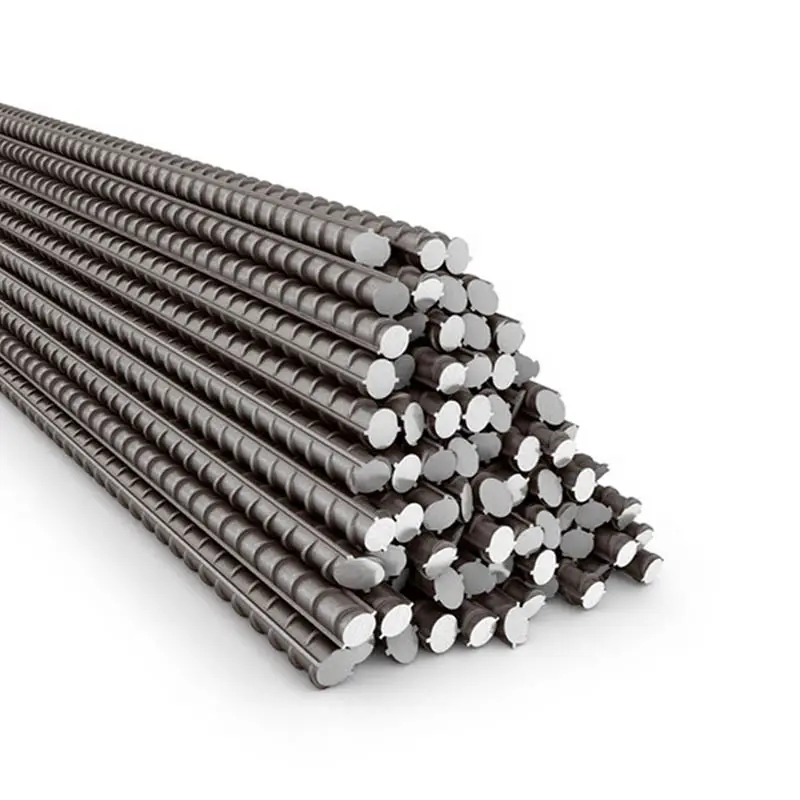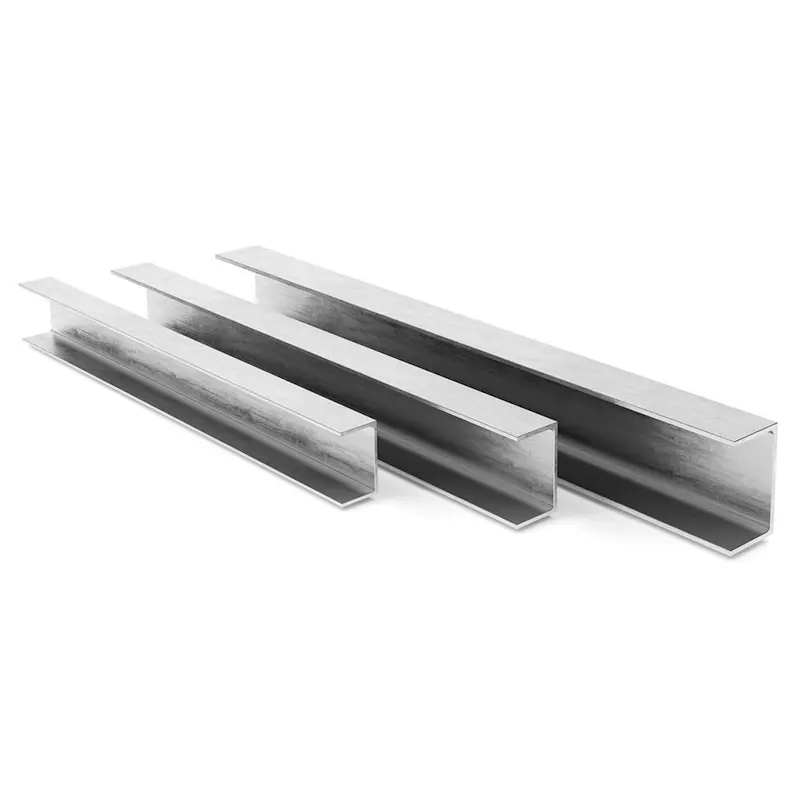Wholesale rebar prices are influenced by a complex matrix of factors, including raw material costs (60–70% driven by iron ore and scrap steel prices), manufacturing processes (hot rolled vs. cold formed), surface treatments, and regional demand supply dynamics. Key price drivers: 1) steel billet prices: a 10% increase in billet costs typically raises rebar prices by 8–12%; 2) grade differences: high strength HRB 500 commands a 15–20% premium over HRB 400 due to microalloying additives; 3) coating costs: epoxy coated rebars are 30–40% more expensive than uncoated due to specialized production lines. Regional price variations exist: Southeast Asia benefits from proximity to Chinese mills (prices \(500–\)600/ton for HRB 400), while North America reflects higher labor and compliance costs (\(700–\)800/ton for ASTM A615 Grade 60). Wholesale pricing models include: 1) mill direct pricing for large orders (≥100 tons), offering 5–10% discounts; 2) tiered pricing based on order frequency (contract clients receive fixed price agreements for long term projects); 3) premium rates for customized services (pre bent rebars, special coatings). Market trends such as infrastructure stimulus packages (e.g., US$1.2T US Infrastructure Bill) and green steel initiatives (reduced carbon footprint in production) are shifting prices, with suppliers increasingly offering ESG compliant rebars (recycled content, energy efficient manufacturing) at competitive rates.


